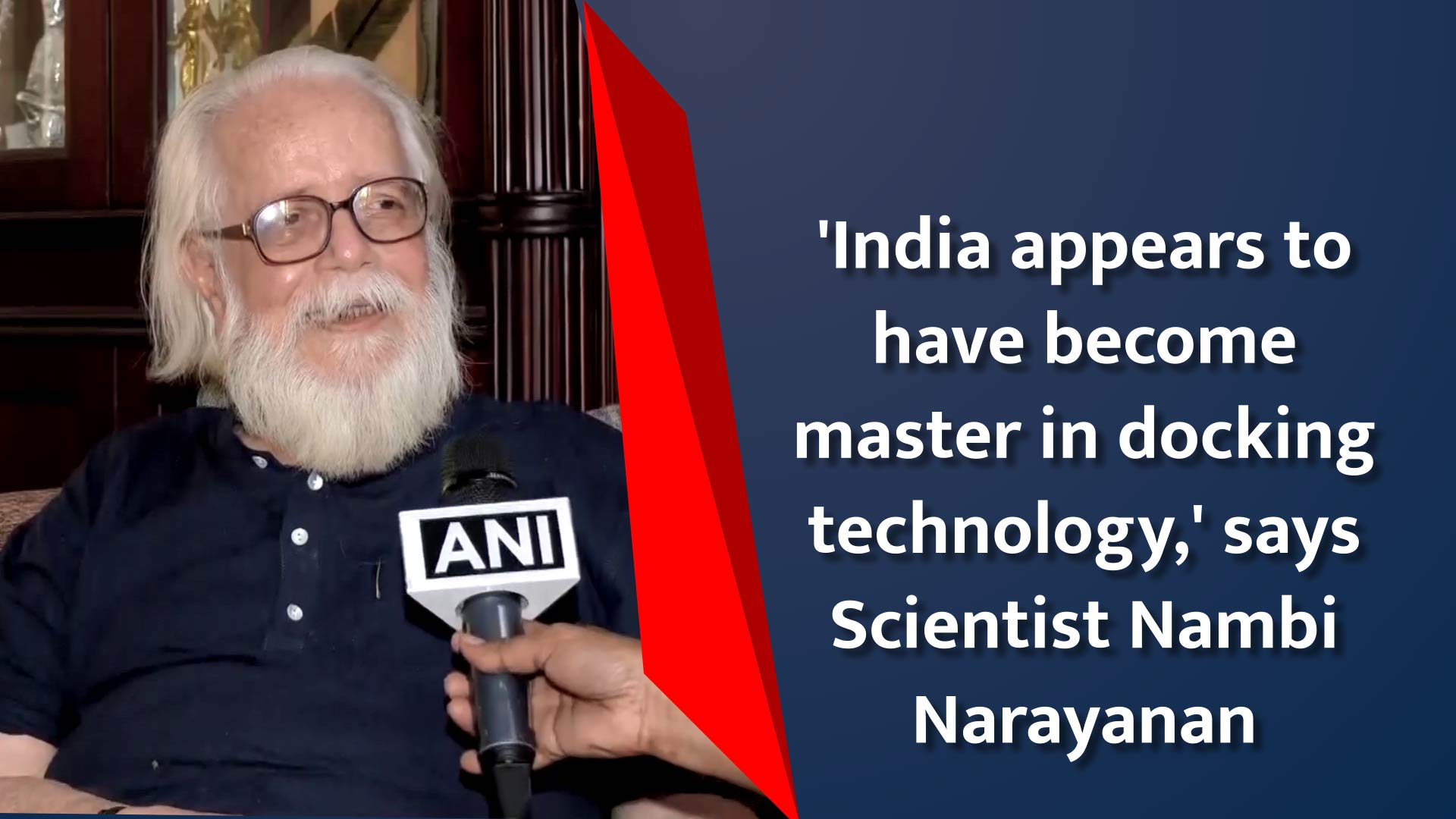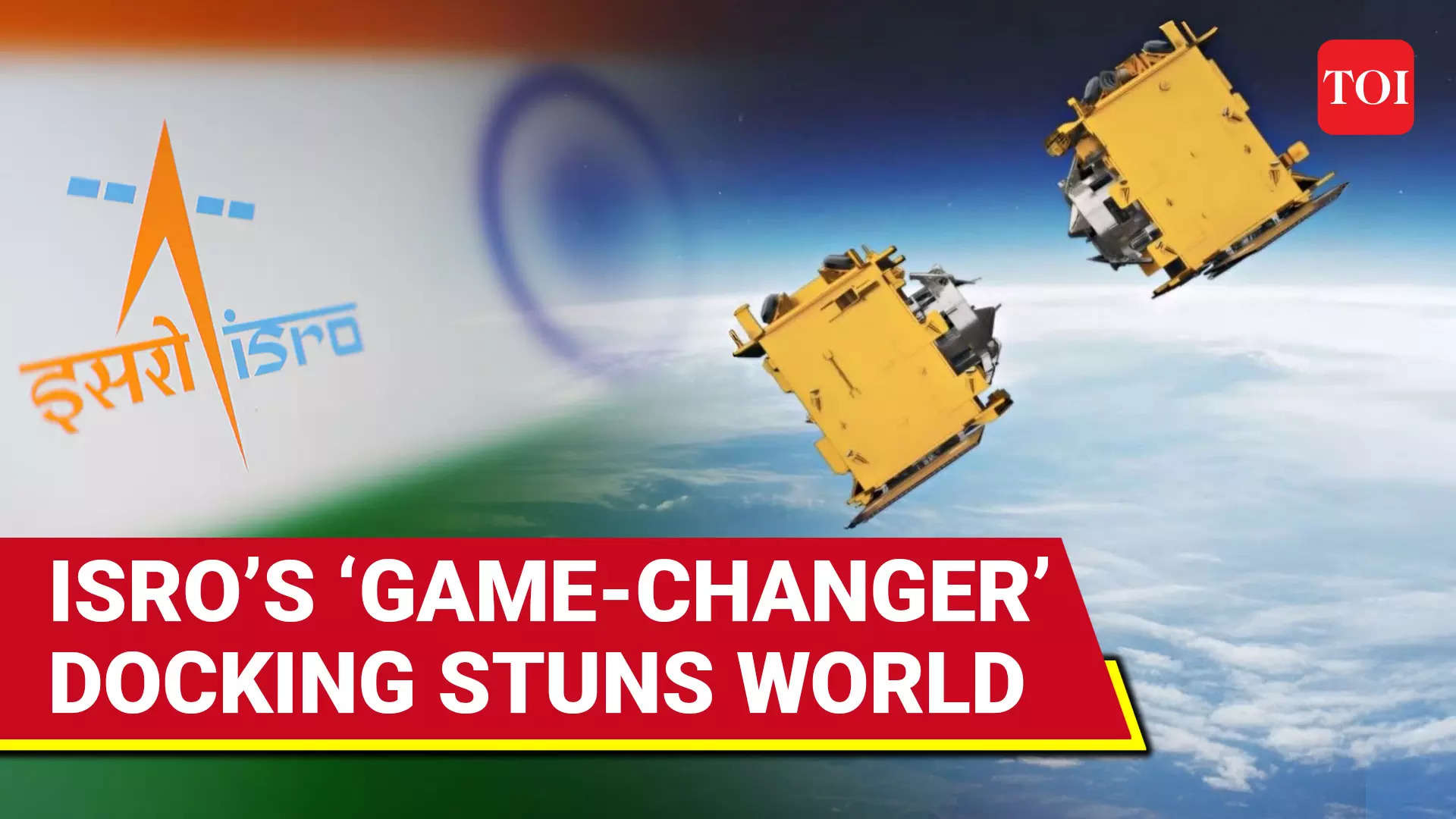- 891
- 269
- Origin

- Axis Group


India succeeds in historic space docking mission: Why it’s a big deal
Only the US, Russia and China have previously docked in space. The expertise is critical for advanced missions.aje.io
Inreresting.
Follow along with the video below to see how to install our site as a web app on your home screen.

Note: this_feature_currently_requires_accessing_site_using_safari



India succeeds in historic space docking mission: Why it’s a big deal
Only the US, Russia and China have previously docked in space. The expertise is critical for advanced missions.aje.io



 Video'India appears to have become master…,' says Scientist Nambi Narayanan on success of ISRO’s SpaDeX
Video'India appears to have become master…,' says Scientist Nambi Narayanan on success of ISRO’s SpaDeX The Times of IndiaISRO Successfully Docks SpaDex Satellites In Historic Space Achievement, PM Modi Congratulates
The Times of IndiaISRO Successfully Docks SpaDex Satellites In Historic Space Achievement, PM Modi Congratulates
![Indian spacecraft Chandrayaan-3, which became the first in the world to land near the moon's South Pole, soon after its launch from the Satish Dhawan Space Centre in Sriharikota, India, on Friday, July 14, 2023 [Aijaz Rahi/AP Photo] Indian spacecraft Chandrayaan-3, which became the first in the world to land near the moon's South Pole, soon after its launch from the Satish Dhawan Space Centre in Sriharikota, India, on Friday, July 14, 2023 [Aijaz Rahi/AP Photo]](https://img-s-msn-com.akamaized.net/tenant/amp/entityid/AA1xhUyP.img?w=768&h=512&m=6)



Loading...